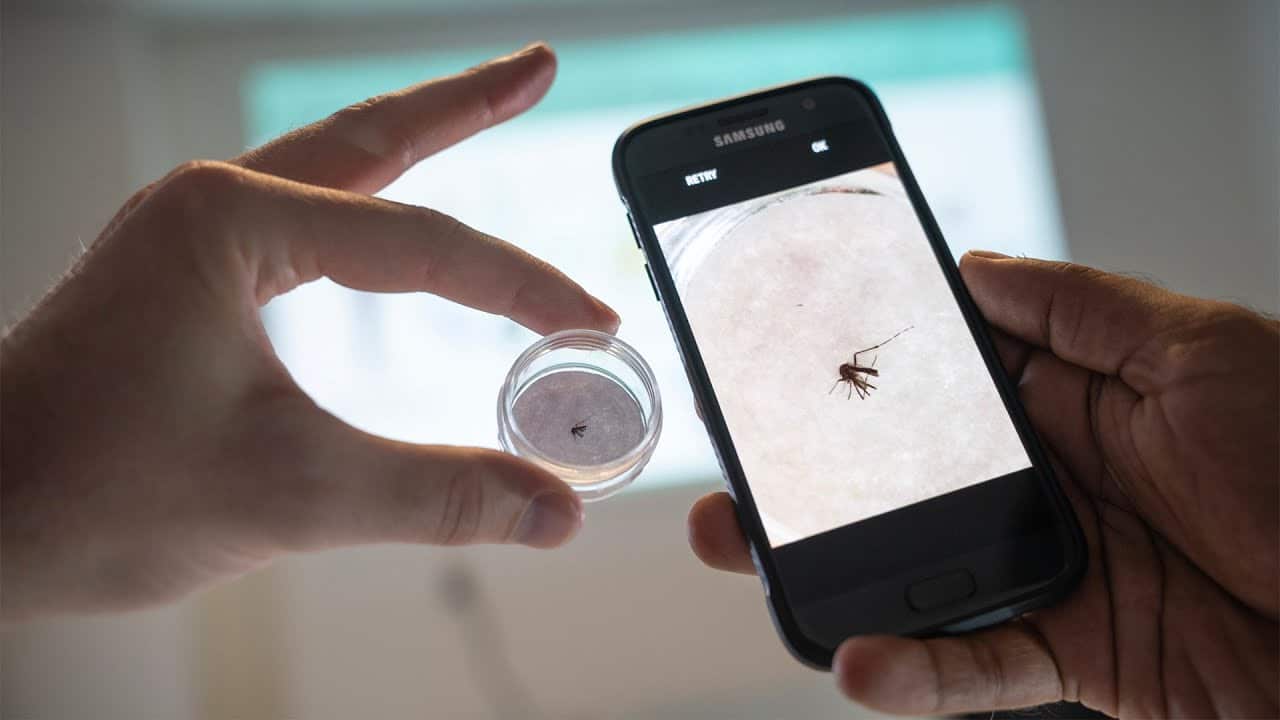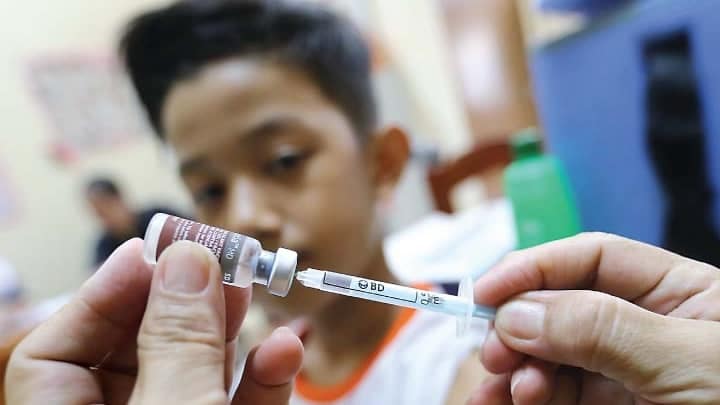Advanced technology is helping control the spread and occurrence of mosquito-borne diseases. Scientists have been incorporating different methods in the fight against mosquitoes. The following are some of the latest techniques available to prevent the onset and spread of these diseases.

Gene Editing
This process transforms female mosquitoes into males. A team of scientists in China is doing this. Female mosquitoes bite and transmit deadly diseases. Converting females into males that do not bite can be a means to control mosquito-borne ailments. A microinjection inserts a male-determining factor into female mosquitoes in their pupal stage. That way, they will develop into nectar-consuming, masculinized mosquitoes. These new males will then father more males.
Genetic manipulation aims to reduce the number of biting females. Lab tests are ongoing with these new male mosquitoes. A new weapon will result from this effort. It will control and prevent the onset of mosquito-borne diseases. The one implementing this method does not aim to eradicate mosquitoes at all. The goal is to reduce the number of mosquitoes to one that is not harmful to humans anymore.
Radiation
Using this technology on mosquitoes sterilizes them. That way, mating sterile male mosquitoes with female ones will not produce more mosquitoes. This method reduces the transmission of mosquito-borne illnesses. A study released about 30 million sterilized male mosquitoes. In the past three years, this effort has controlled mosquito-borne diseases and populations.
Next-Generation Insecticides
Aedes and Anopheles mosquitoes have developed resistance to larvicides and insecticides in recent years. New mosquito control products must emerge or the effort will not yield success. WHO approved two-generation insecticides in 2017. These products are now in distribution through IRS programs in many malaria areas.

New Scents to Repel and Attract Mosquitoes
The carbon dioxide you breathe out allow mosquitoes to detect you. Once close enough, they find feeding sites on your skin through the volatile chemicals it gives off. Advanced chemical screening technologies are finding chemical compounds that could trigger the sensing organs of mosquitoes. Ethyl pyruvate was found to reduce the attraction of Aedes aegypti mosquitoes. Cyclopentanone is a powerful mint fragrance and flavor that attracts Culex quinquifasiatus mosquitoes.

Robotics and Cloud Computing
A new technology can detect possible disease outbreaks before they happen. They capture and analyze mosquito DNA. The mosquitoes in the study have fed on local wildlife that are possible reservoirs of the illness. The project involves the use of drones, robotic traps, and cloud computing.
Drones can pinpoint mosquito hotspots in complicated environments containing buildings and trees. Robotic traps can gather and determine mosquito specimens. Cloud computing, machine learning, and genomics can analyze mosquito RNA and DNA.
New Antimalarials
Protecting against malaria is one of the priorities of major pharmaceutical companies. MMV (Medicines for Malaria Venture) is one of these organizations. It was founded in 1999 and since then, it has brought seven new medications for the prevention and treatment of malaria. This past July, the US FDA approves tafenoquine under the malaria program. This medicine targets the Plasmodium vivax liver stage, which is dormant. It is the very first new malarial medicine in 60 years that provides this treatment.

Any new technology against mosquito-borne diseases can help reduce the fatalities from these illnesses. More communities should welcome these techniques so that many people can be free of mosquito bites and the diseases they bring.